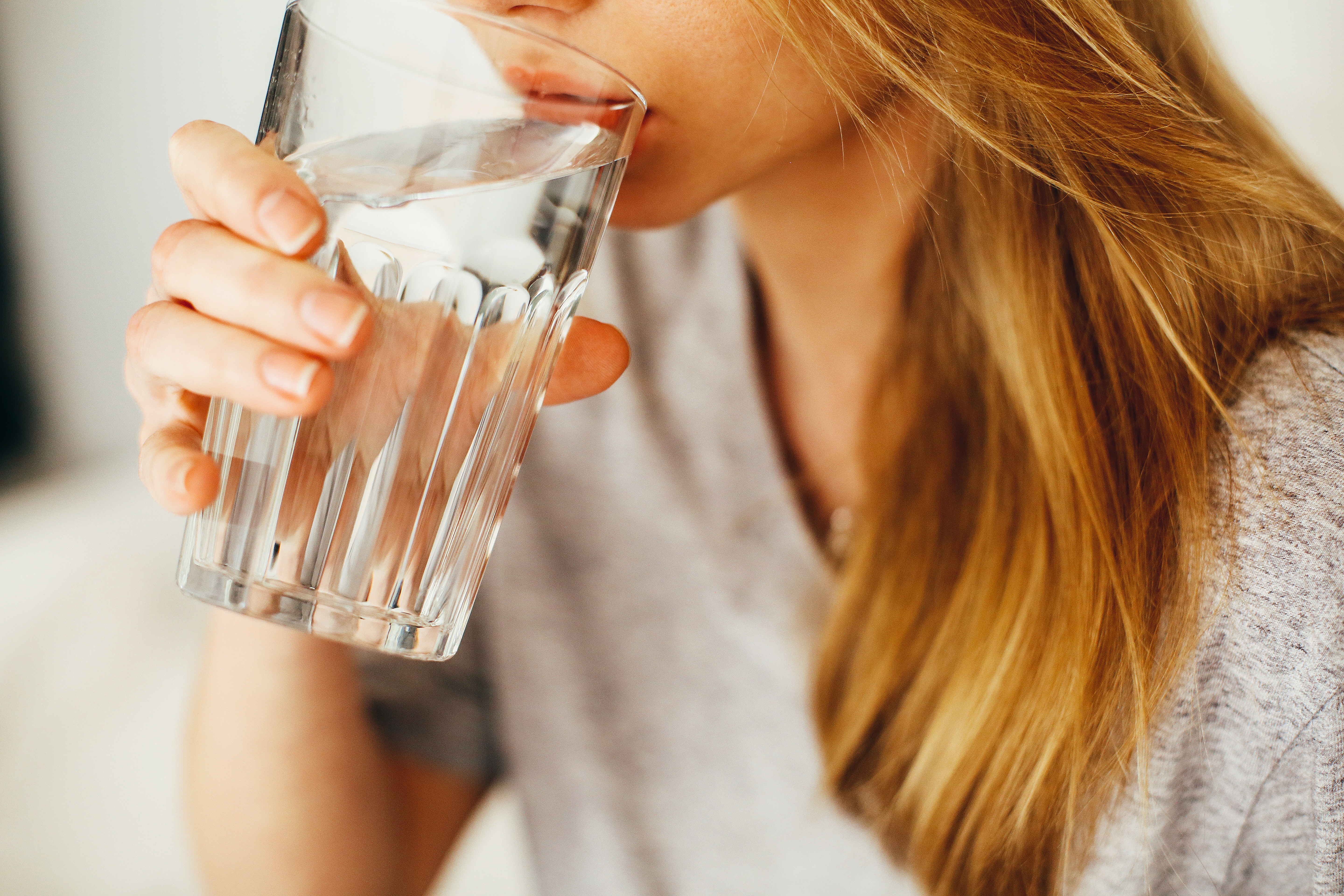
Harvesting and drinking rainwater is not a new concept. At least half a century ago, people still collected and safely drank rainwater right out of their water basins. Alternatively, rainwater collected in wells could also be safely used for daily consumption, apart from using this for household chores. However, as times have changed, so too has the world we live in changed.
We now know there are more risks when drinking rainwater. More pollutants could be found in the air, making rainwater unfit for consumption. Despite this, this has allowed us to develop ways in which we could clean rainwater and make it fit for drinking, cleaner as before. But what processes are involved in this? Do you need this at home with your rainwater tank and collection system? Let’s take a closer look at why purification systems are a must if rainwater in tanks is used for consumption.
Is this a must for every home?
In places where clean, drinkable, readily available freshwater is scarce, rainwater is a renewable resource that is the perfect alternative to this. In times of drought or unannounced water interruptions, it’s better to have a backup than waiting on service coming back up again. Therefore, a simple purification system is integral in a rainwater collection system.
Having its own dedicated filtration and purification system makes a household self-sufficient on their own supply, rarely (if ever) relying on municipal water supply. This removes any additional piping needed to connect a household to a water treatment plant and drastically reducing the cost that comes with it. The cost of getting a rainwater tank and filtration and purification systems appears to be a considerable investment, but this one-time payment outweighs a household’s potential savings in water costs in the long run.
How is rainwater collected?
First and foremost, rainwater is harvested through a conveyance system that carries rainwater from the roof (from the gutter), to the water tank and to a faucet. This is the simplest form of a rainwater collection system a household could install with the fewest moving parts. However, the rainwater collected may not be suitable for consumption and could only be used as a greywater source.
Additional filters need to be installed in the conveyance system to ensure debris like animal waste, dust, leaves and sand cannot enter the harvested rainwater. Several filters of decreasing particle sizes may be further needed to remove smaller particles that mesh screens cannot remove. Keep in mind, however, as the filter decreases in particle size, the cost for each filter increases and the filtration process becomes slower.
Methods of purifying water
When harvesting rainwater that will be used for consumption, filters and purification systems are required. These systems could be as simple as mesh screens, chlorine additives and carbon filters to more complex systems such as membrane filtration. Below is a list of common ways of purifying rainwater in homes:
-
Chlorine. The least expensive and quickest method of purifying water, chlorine is the disinfectant used in public water systems in the past century. The use of chlorine as a water disinfectant has virtually eliminated cholera, typhoid, dysentery and hepatitis. However, there are certain factors that should be considered when using chlorine like the volume of water for treatment, pH level and temperature. Furthermore, activated carbon filters are needed to remove the distinct chlorine aftertaste in water.
-
Ultraviolet light. Widely used in Europe for more than half a century, ultraviolet light is a relatively safe alternative of disinfecting water. UV light works by disrupting an organism’s genetic makeup by penetrating its cell walls, disabling its ability to reproduce and thereby rendering it harmless.
-
Membrane filtration. A general term for pressure-driven membrane technologies such as microfiltration, ultrafiltration, nanofiltration and reverse osmosis. Membrane filtration works by pushing water through a layer of material. However, consider that as the system becomes more complex and the smaller the pore size is used, the more expensive it is and the water flow becomes slower. But this virtually removes any traces of algae, bacteria, clay, cysts and other physical sediments.
-
Distillation. The most energy-intensive method of purifying rainwater but probably the cleanest among other systems as this virtually removes almost all substances found in the water. Distillation works by heating the water to separate any impurities and then collecting the water from the condensation made by heating the water. Most distillation systems are expensive and may not be readily available to small households.
Ideal rainwater tanks for filtration and purification systems
If you’re considering using harvested rainwater for both consumption and outdoor use, here are some rainwater tanks ideal for such systems:
-
Under deck rainwater tanks. These tanks are ideal for households with limited spaces. These rainwater tanks can be installed beneath your home in your basement or cellar, which means your rainwater harvesting system can be easily attached to the under-deck tank. Fewer parts mean lesser maintenance and reduced costs.
-
Slimline rainwater tanks. These streamlined rainwater tanks are attached to the side of a home, which means this is directly under the rainwater conveyance system. This compact tank can hold up to 6,000 litres of water and is made of food-grade plastic materials.
Using rainwater for drinking is as natural as the falling rain itself. However, further procedures must be made to ensure the harvested rainwater is safe to drink. With the technological advancement available to consumers, parts are becoming cheaper, which means more people have access to renewable, safe drinking water.



Leave A Comment